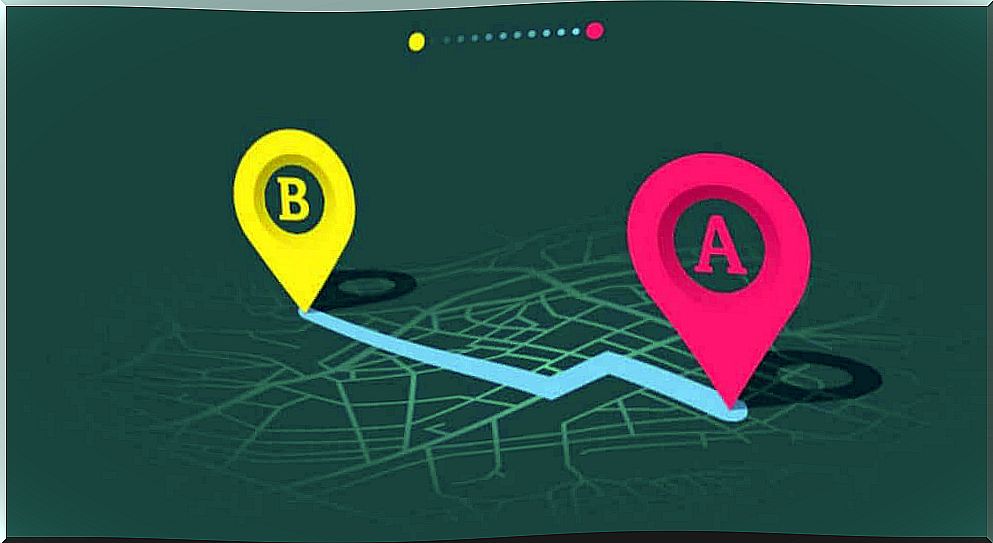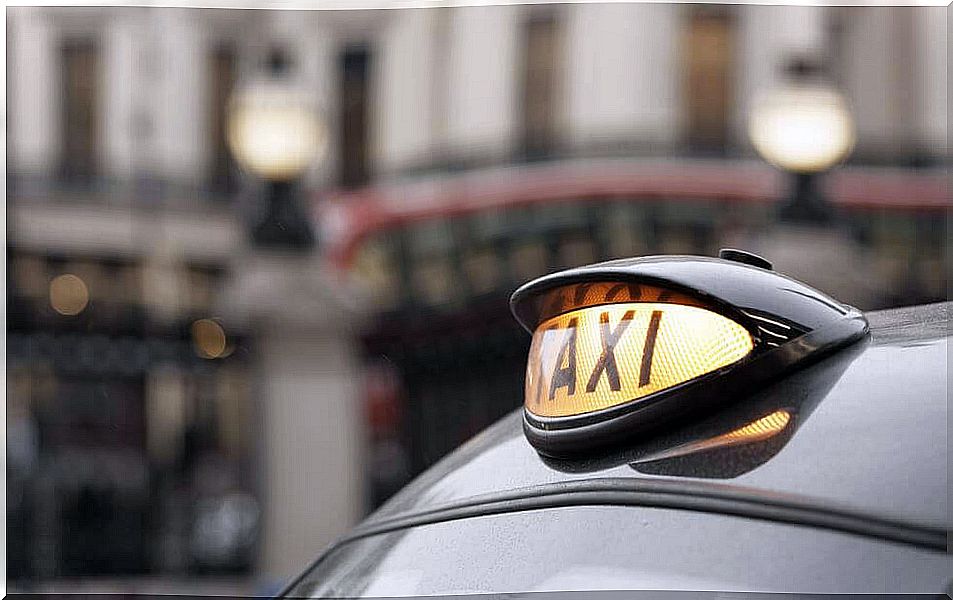The GPS In Our Brain: A Very Interesting System

Perhaps you are one of those people who, no matter how many navigation options they come up with, lose their bearings completely every time. Or you belong to the other extreme and are able to resume the route you followed a friend who knows the city, and that in an environment that is still completely foreign to you. You don’t even need any GPS device or other maps for this.
Most of us don’t belong to either extreme and are somewhere in between. Then there are people who brag about the ability described above, but also those who are very modest about their ability to orient themselves. Yet there is where we really are and where we think we are. And these places are sometimes far apart.
In this article we will therefore try to deal with the structures that our brain uses, like a kind of GPS, to orient itself.

From taxi drivers in London and their mental GPS
Let’s start with a clear fact. Our brain is not made of plasticine, but it has one of the properties of this interesting material: plasticity. We speak of neuroplasticity as an ability of the brain to functionally and structurally adapt to external needs. One of these adaptations has to do with the fact that we use a kind of mental GPS for our orientation.
When we constantly travel and walk through new cities, our brain understands that orientation is important for our survival and dedicates a small area of the brain exclusively to spatial orientation.
Now we turn to the London taxi drivers. These taxi drivers became famous in psychology through the classic study carried out by Eleanor Maguire, professor at the Universitiy College of London (England, United Kingdom). These taxi drivers have to pass an exam to get their job. Candidates are asked about different routes to get from A to B.
This exam was attended by people who did not have to have a specific qualification. It was taxi drivers who had been doing this job for years. During the study, their brains were examined by magnetic resonance imaging. It was found that taxi drivers had a slightly enlarged hippocampus when compared to people who did not do the job. In addition, it was found that the size of this area of the brain increases with the number of years of work. Very interesting, isn’t it?
So we can orientate ourselves very quickly to places we know because we have a small map of this place in our brain. It goes without saying that the map stored in the mind of a taxi driver of such a large city with so many different routes and streets as London takes up a lot more space.

Brain areas that are responsible for orientation
If we cite the classic study, which was practically groundbreaking for the study of spatial orientation, then in this paragraph we name the brain areas responsible for a more or less good or bad orientation. Let’s start with the prefrontal cortex. This area in the brain controls our impulses. It seems that it is only fully developed at the end of youth. He is part of our orientation as he is responsible for making decisions.
The prefrontal cortex is the part of the brain that has the final say when it comes to deciding whether to take one road or another. If we know of various alternative routes, then he will also decide which one to give priority to.
The dorsal striatum stores internalized maps that we talked about earlier. The prefrontal cortex works with it as soon as we move into places we know. It also saves information about times and distances. In the hippocampus there are certain neurons, the so-called location neurons, that allow us to create new maps in the dorsal striatum.
The middle section of the cerebrum, the parietal lobe, takes care of directions and sensory functions, and the association cortex helps us remember a place, such as where we parked our car. Finally, there is the cerebellum, which coordinates the motor part in interaction with the decision of our prefrontal cortex.
Other brain structures are also involved in our orientation, such as the limbic system, which makes us angry when our partner does not trust our mental GPS. But apart from these cited brain functions, in this article we have basically described the functions of GPS in our brain. We hope you enjoyed this trip and that you didn’t get lost!
Thanks to our neuroplasticity, we never stop learning
During childhood, neuroplasticity is higher, the brain is more
flexible than in any other age and receives stimuli continuously … >>> More









